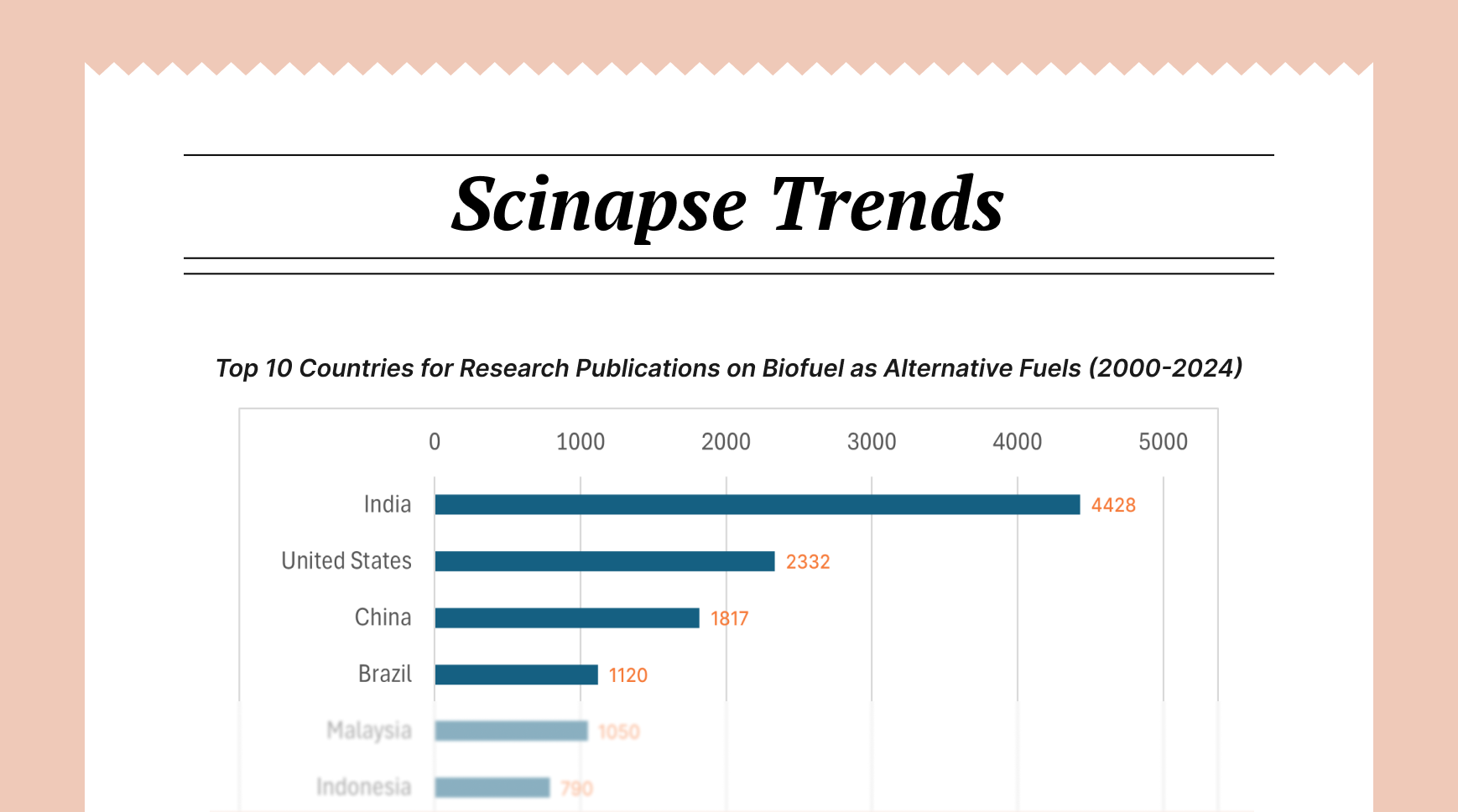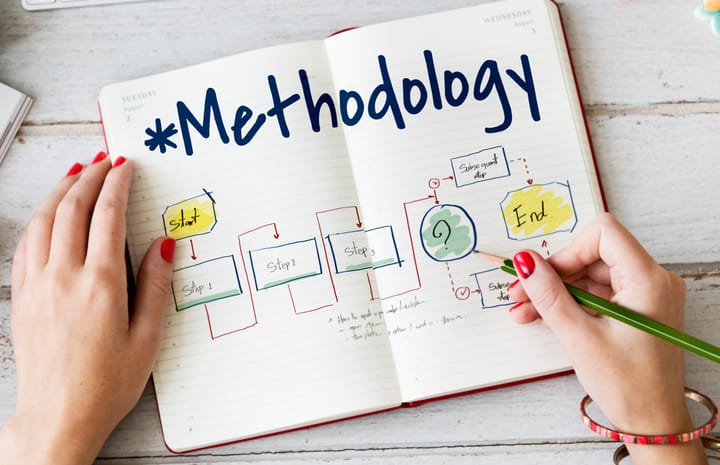How to Define the Scope of Your Literature Review

Defining the scope of a literature review is perhaps the most critical early decision in the review process. Too broad, and the review becomes unwieldy, superficial, and difficult to complete; too narrow, and it risks missing important context or contributing little to the field. A well-defined scope serves as the conceptual boundary for the review, determining what literature will be included or excluded and ultimately shaping the depth, breadth, and utility of the final product. This article examines the essential considerations and practical strategies for effectively defining the scope of a literature review, providing researchers with a systematic approach to this foundational task.

Understanding the Purpose of Your Review
Types of Reviews and Their Scope Implications
Different types of literature reviews serve different purposes, each with distinct implications for scope definition:
- Systematic reviews typically have a narrow, precisely defined scope focusing on a specific research question, often related to intervention effectiveness.
- Scoping reviews map broader territories of research, identifying key concepts and research gaps across a field.
- Narrative reviews may have more flexible boundaries but still require clear scope parameters to maintain focus and coherence.
- Meta-analyses demand highly specific scope definitions to ensure statistical comparability across included studies.
Aligning Scope with Research Objectives
The scope of a literature review should directly support its intended contribution to research or practice:
- Reviews supporting empirical studies should focus on literature directly relevant to the research questions, methods, and theoretical frameworks of the planned study.
- Stand-alone reviews should have scope definitions that align with their stated objectives, whether synthesizing evidence, identifying gaps, or tracking conceptual development.
- Reviews informing practice or policy should scope literature in ways that address practical questions while maintaining academic rigor.
This alignment ensures that the review's scope serves its ultimate purpose rather than existing as an arbitrary boundary.
Dimensions of Scope Definition
1- Conceptual Boundaries
Defining conceptual boundaries involves clarifying what constructs, theories, or phenomena will be central to the review:
- Core concepts: Identify and define the primary concepts that form the focus of the review.
- Related concepts: Determine which related concepts will be included and which will be considered peripheral.
- Theoretical lens: Decide whether the review will be limited to specific theoretical perspectives or open to multiple frameworks.
- Conceptual exclusions: Explicitly identify related areas that will be excluded and provide rationale.
Clear conceptual boundaries prevent scope creep and help maintain focus throughout the review process.
2- Contextual Parameters
Literature reviews exist within particular contexts that influence their scope:
- Disciplinary boundaries: Will the review be discipline-specific or cross-disciplinary?
- Geographical context: Will the review focus on specific regions or have a global perspective?
- Organizational settings: Will certain types of organizations or institutional contexts be prioritized?
- Cultural context: Will the review consider cultural factors or focus on literature from particular cultural perspectives?
For example, a review of leadership might focus specifically on healthcare settings in Western contexts, or it might examine leadership across sectors and cultures. These decisions significantly impact the scope.
3- Methodological Filters
Methodological considerations provide another dimension for scope definition:
- Research designs: Will the review include only certain types of studies (e.g., randomized controlled trials, qualitative studies)?
- Measurement approaches: Will studies using specific measurement tools or approaches be prioritized?
- Data types: Will the review focus on particular types of data (e.g., observational, self-report, physiological)?
- Analytical techniques: Will certain analytical approaches be required for inclusion?
These methodological parameters shape the nature of evidence included in the review.
4- Temporal Boundaries
Time frames provide essential scope limitations:
- Publication timespan: What publication dates will be considered (e.g., last five years, post-2000, all available literature)?
- Phenomenon timeframe: What period of the phenomenon itself will be examined (e.g., pre-digital era marketing, post-financial crisis regulation)?
- Historical evolution: Will the review trace historical development or focus on contemporary understanding?
Temporal boundaries should be justified based on the review's purpose rather than selected arbitrarily.
Practical Strategies for Scope Definition
1- The Funnel Approach
The funnel approach involves systematically narrowing from broad to specific:
- Begin with a broad survey of the field to understand the landscape
- Identify potential focusing dimensions based on this survey
- Test various combinations of parameters through preliminary searches
- Select the combination that best aligns with research objectives and practical constraints
This approach ensures that scope decisions are informed by actual literature rather than preconceptions.
2- Consultation and Collaborative Scoping
Many researchers benefit from collaborative approaches to scope definition:
- Expert consultation: Seek input from established scholars in the field
- Stakeholder engagement: For applied reviews, involve practitioners or policymakers
- Peer review: Have colleagues critique draft scope statements
- Research team consensus: For team projects, develop the scope through structured discussion
3- Preliminary Scoping Searches
Testing potential scope definitions through preliminary searches provides crucial feedback:
- Conduct sample searches using different scope parameters
- Assess the volume and relevance of results
- Identify key terms and concepts that may inform scope refinement
- Evaluate whether the literature base supports the review's objectives
These preliminary searches help researchers avoid defining scope in ways that yield either unmanageable numbers of studies or insufficient relevant literature.
4- Creating a Scope Statement
A formal scope statement articulates boundaries and serves as a reference point throughout the review:
- Clearly state what is included and excluded
- Provide rationale for key scope decisions
- Define central terms and concepts
- Acknowledge limitations of the chosen scope
- Connect scope choices to research objectives
This documented statement helps maintain consistency and transparency in the review process.
Balancing Considerations in Scope Definition
1- Breadth versus Depth
Perhaps the most fundamental scope tension involves balancing breadth and depth:
- Broader scopes allow for more comprehensive coverage but often sacrifice analytical depth
- Narrower scopes enable deeper analysis but may miss important contextual factors
- The appropriate balance depends on the review's purpose and available resources
2- Feasibility Constraints
Practical considerations necessarily influence scope decisions:
- Time available: More expansive scopes require more time for searching, screening, and analysis
- Resource limitations: Access to databases, full-text articles, or translation services may constrain the scope
- Team capacity: The expertise and size of the review team affect what scope is manageable
- Publication constraints: Word limits or journal expectations may impact scope decisions
Acknowledging these constraints helps researchers define realistic boundaries.
3- Adaptability and Iteration
Scope definition typically involves iteration rather than one-time decision-making:
- Begin with preliminary boundaries
- Refine as familiarity with the literature increases
- Document scope adjustments and their rationale
- Maintain flexibility while preserving core focus
This iterative approach allows the scope to evolve in response to emerging understanding while preventing uncontrolled expansion.
Common Challenges and Solutions in Defining Literature Review Scope
1- The "Scope Creep" Problem
Scope creep—the gradual expansion of boundaries during the review process—represents a common challenge:
- Establish clear inclusion/exclusion criteria before beginning the review
- Document decision rules for borderline cases
- Regularly revisit the scope statement as a reference point
- Create a process for considering potential scope adjustments
These practices help maintain boundaries while allowing for justified refinement.
2- Navigating Interdisciplinary Topics
Interdisciplinary topics present particular scope challenges due to varying terminology, methodologies, and publishing practices across fields:
- Map key disciplines contributing to the topic
- Identify discipline-specific databases and search strategies
- Consider multiple theoretical perspectives in the scope definition
- Be explicit about which disciplinary approaches are included or excluded
This disciplinary awareness strengthens scope decisions for complex topics.
3- Balancing Comprehensiveness and Relevance
Researchers often struggle to balance the desire for comprehensive coverage with the need for focused relevance:
- Prioritize depth in core areas most central to research questions
- Consider using "tiers" of relevance to organize literature
- Establish clear relevance criteria related to research objectives
- Consider using scoping reviews to map territories before conducting focused systematic reviews
These approaches help manage the tension between coverage and focus.
A well-defined scope serves multiple functions: it guides literature search strategies, informs inclusion and exclusion decisions, shapes analytical approaches, and ultimately determines the review's contribution to knowledge. By approaching scope definition systematically—considering purpose, testing parameters, seeking input, and maintaining flexibility within boundaries—researchers can establish scope definitions that support meaningful, manageable, and impactful literature reviews.
As the volume and complexity of academic literature continue to grow, the skill of defining appropriate scope becomes increasingly essential for researchers seeking to make sense of existing knowledge and contribute to its advancement.
Author: Uttkarsha B
- AI-Ethicist and STM Research & Publishing Expert
Never re-search again.
Scinapse is made by researchers for researchers.
Join the next generation of research at ⏯️ https://scinapse.io/
Pluto Labs
Pluto Labs helps researchers focus on their research by improving several inefficiencies in the academic research process. We offer data-driven insights from academic papers, allowing users to easily obtain review-level results for their desired range of papers.
https://pluto.im/





Comments ()